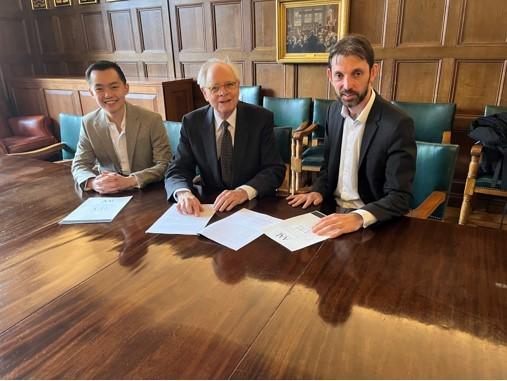Professor Andrew Higgins and John Yap win AAL's annual essay prize
Associated people
Professor of Civil Justice Systems, Andrew Higgins, and former BCL student, John Yap, have won the Australia Academy of Law's essay prize. The winning essay was a first in the Australia Academy of Law's history, as it was the first of their prizes to be awarded to an international submission.

Andrew Higgins' main areas of teaching are Civil Justice Systems and Tort Law, and he specialises in mass tort litigation as a barrister. John Yap is a former Oxford BCL student, now teaching contract law at Mansfield College whilst qualifying to be a barrister.
The essay question addressed the issue of the increase in mass torts and class actions in Australia, which Andrew and John argued against. Disagreeing with the possible premise of the question, they sought to ‘clear the field’ to make a different argument.
While accepting that the description of class actions as ‘privatised regulation’ has gained traction in Australia and elsewhere, the authors rejected the idea:
‘The description is inaccurate and distorts the true relationship between regulation, tort law and procedural law .... tort law cannot be described as a form of regulation because the two are different modalities of law and the class action procedure does not change this.’
The judging panel of former High Court Justice, William Gummow AC KC, Federal Court Judge Catherine Button and ANU Emeritus Professor Peta Spender praised Higgins and Yap's response for being "sophisticated, original, and provocative and [it] is sure to generate further debate about this controversial area.’
John said that he was honoured that Andrew agreed to co-author the essay, and Andrew "had no hesitation in joining forces with him", saying that he felt "almost professionally obliged to submit an entry" due to his specialism in the subject and much time spent considering the design of class actions.
You can read the essay on the AAL website. It will also be published in the next edition of the Australian Law Journal.


